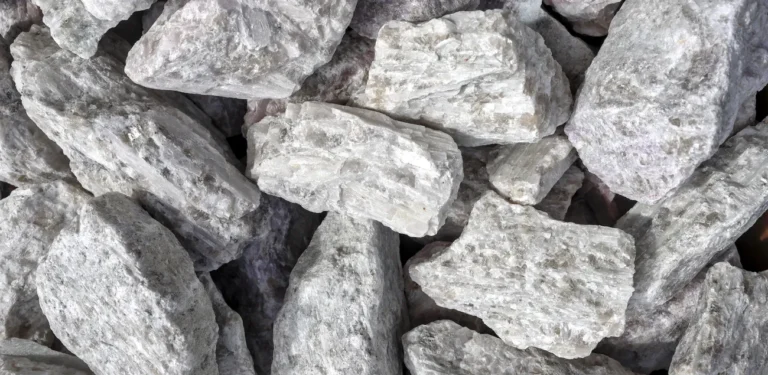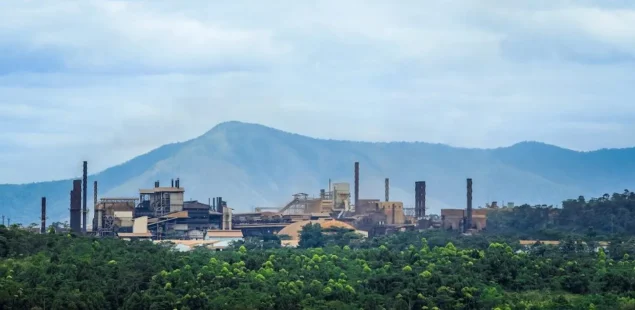
China has imposed new export restrictions on seven rare earth elements, escalating trade tensions with the United States. The announcement, made on April 4, 2025, is part of Beijing’s response to tariffs introduced by former President Donald Trump and could disrupt global supply chains for materials critical to high-tech industries, including electric vehicles and defense systems. The move underscores China’s dominance in rare earth production, which accounts for about 90% of global refining capacity.
The newly restricted rare earths—samarium, gadolinium, terbium, dysprosium, lutetium, scandium, and yttrium—are essential for advanced technologies such as powerful magnets and military equipment. However, neodymium and praseodymium, two of the most widely used rare earths in electric motors and weaponry, were excluded from the list. Analysts suggest this exclusion may preserve China’s ability to impose future controls if necessary, as the Ministry of Commerce stated the restrictions aim to protect national security while ensuring compliance with international obligations.
This latest move follows similar restrictions imposed over the past two years on other critical minerals like gallium and germanium. While not an outright ban, the new controls require exporters to obtain licenses and provide detailed information about buyers and intended uses. Historically, such measures have led to significant delays and even halted exports entirely as companies navigate certification processes.
Market reactions were immediate. Shares of China Rare Earth Holdings surged by 10% in Hong Kong trading, while China Northern Rare Earth Group rose by 9.2%, and Australia’s Lynas Rare Earths saw a 5.1% increase. The policy shift highlights China’s leverage in global trade as nations like the U.S. scramble to diversify supply chains and reduce reliance on Chinese rare earths.
The U.S., which imports nearly all its rare earth materials from China, faces heightened urgency to develop alternative sources. Efforts are already underway to expand domestic mining operations and establish partnerships with countries like Australia and Canada to secure critical mineral supplies.



